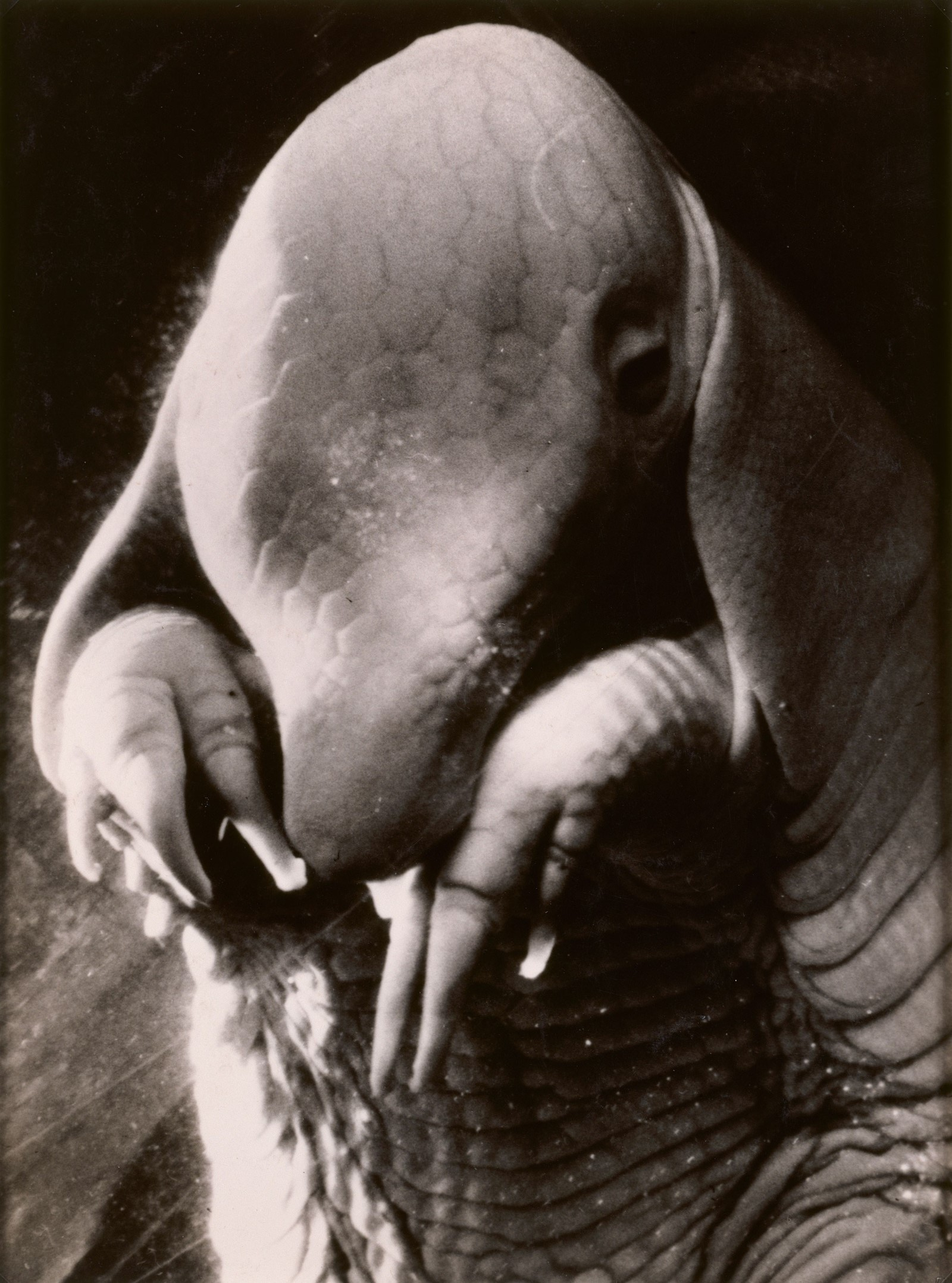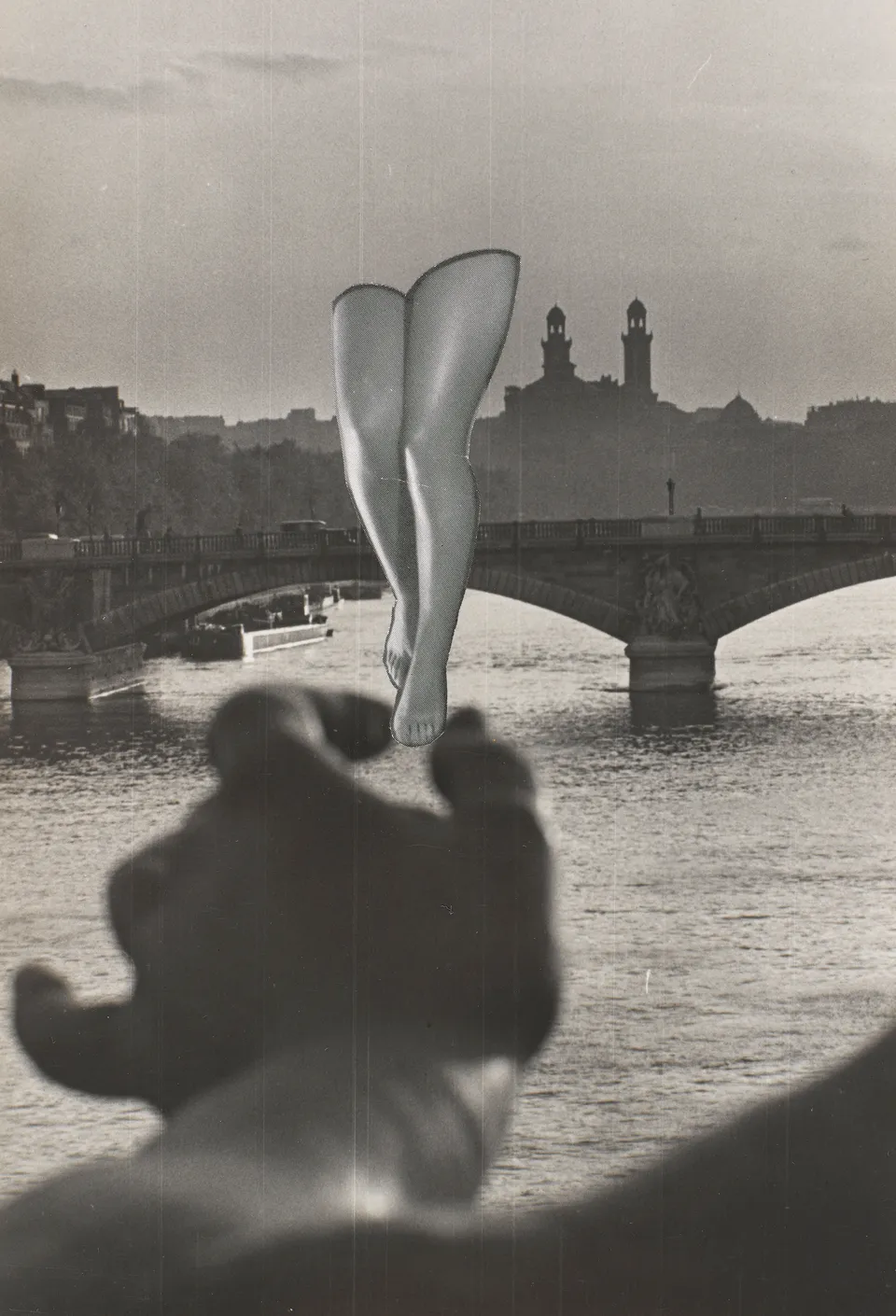created, $=dv.current().file.ctime & modified, =this.modified
tags:artsurrealism Surrealism
Portrait of Ubu

Follows idea from George Bataille, l’informe - surrealist admiration for all things larval and grotesquely about-to-be.
When Dora Maar’s relationship with Picasso came to an end, she had a breakdown and became a recluse – or so the narrative goes. But as a major travelling exhibition shows, there is far more to the French-Croatian artist and her work than is commonly shared.
It is widely accepted that Maar and Picasso had a profound effect on the other but less talked about is the extent of their creative exchange. In an interview with Frances Morris (now director of Tate Modern) in 1990, Maar said that the electric light in Picasso’s political masterpiece Guernica was inspired by one of her paintings, and she also claimed that Picasso’s decision to use black and white for his painting was influenced by photography. It was Picasso who encouraged Maar to take up painting again, which she did in 1936, and Maar directed the artist in using cliché verre, a technique that combines painting or etching and photography. The relationship may have been volatile but there is little doubt each artist saw something in the other that caused creative sparks to fly.

After the end of their often-tumultuous relationship, Maar rejected these portrayals: “All his portraits of me are lies. They’re all Picassos, not one is Dora Maar.” The true Maar was not only an incisive observer of the modern city through her camera lens but also a polyglot artist: producer of experimental collages, poet, printmaker, and painter.